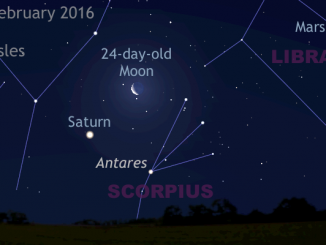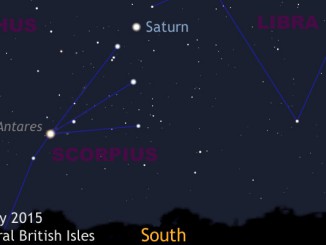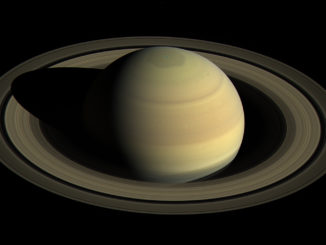Around this time, soon after the Northern Hemisphere summer solstice, keen stargazers in high temperate latitudes must resign themselves to astronomical twilight all night. While planetary enthusiasts have much to see in the evening sky with Saturn at prime time and mighty Jupiter bowing-out in the southwest at civil dusk, what can the UK-based deep-sky enthusiast see when the sky never truly gets dark? Thankfully, there is no shortage of attractive double stars in the summer sky.
While most stars appear as single points of light to the unaided eye, a surprising number appear as pairs, triple or even quadruple when scrutinised at magnification through a telescope. The term binary pair is given to two gravitationally-bound stars, each orbiting their common centre of gravity, whereas an optical double/triple/quadruple is due to the chance alignment of a nearby star with one or more unrelated stars at differing distances. Around half of the stars in the vicinity of our Sun are members of some form of double or multiple systems.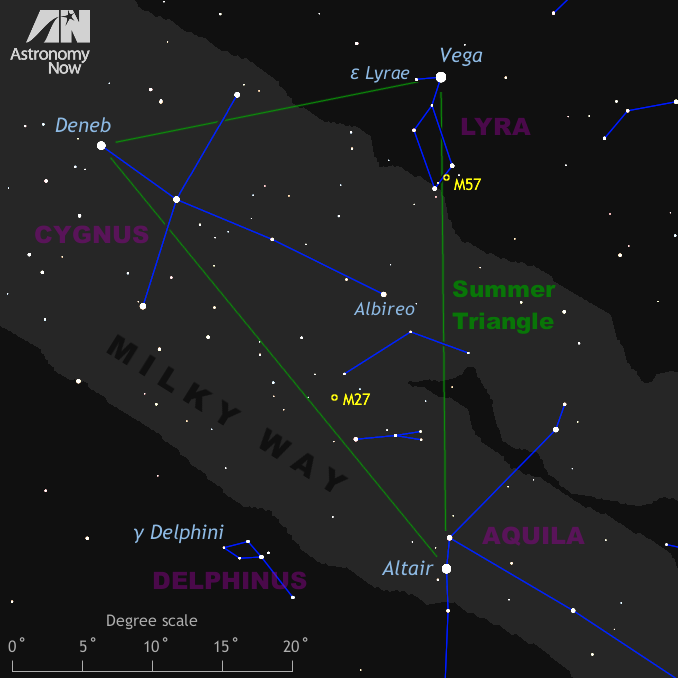
Vega is the easiest to locate as it’s the magnitude zero steely-white star almost overhead at this time. Magnitude +1.25 Deneb lies a span of an outstretched hand at arm’s length to the left of Vega, while Altair (magnitude +0.76) lies nearest the southeast horizon, one-and-a-half hand spans below Vega. The region roughly bounded by this stellar trio is where we will find a wealth of double and multiple stars against a rich Milky Way backdrop, but I suggest that you start with the following.
Beta (β) Cygni aka ‘Albireo’
α=19h 30.7m, δ=+27° 58’ (J2000.0) Magnitudes: 3.1 & 5.1 Separation: 34.3 arcseconds
Few observers would disagree that this object should be on everyone’s must-see list. Albireo lies at the heart of the Summer Triangle, a third-magnitude star to the naked eye that sits just to the left of the mid-point of a line drawn between Vega and Altair. I can comfortably resolve Albireo with my 35-year-old Russian military 12×45 binocular, but even the smallest telescope at 25× magnification or more reveals its glorious amber and sapphire components set against the ‘diamonds on velvet’ richness of the Milky Way in Cygnus. Albireo lies about 430 light-years from Earth.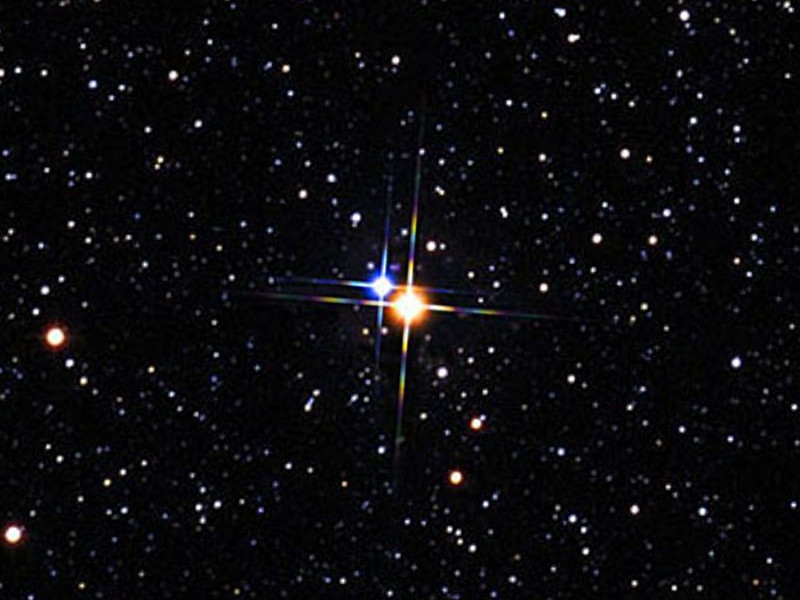
Epsilon (ε1, ε2) Lyrae
α=18h 44.3m, δ=+39° 40’ (J2000.0) Mags: 5.4, 6.5 & 5.1, 5.3 Separation: 208.7 & 2.2, 2.4 arcseconds
If Albireo whets your appetite for double stars and you fancy something more challenging, look no further than epsilon (ε) Lyrae – the celebrated “double-double” just three lunar diameters to the upper left of Vega. Even a low-power binocular is sufficient to resolve the two pairs, but each component is double again at 200× magnification or more in a quality 4-inch (10-cm) aperture telescope, or larger.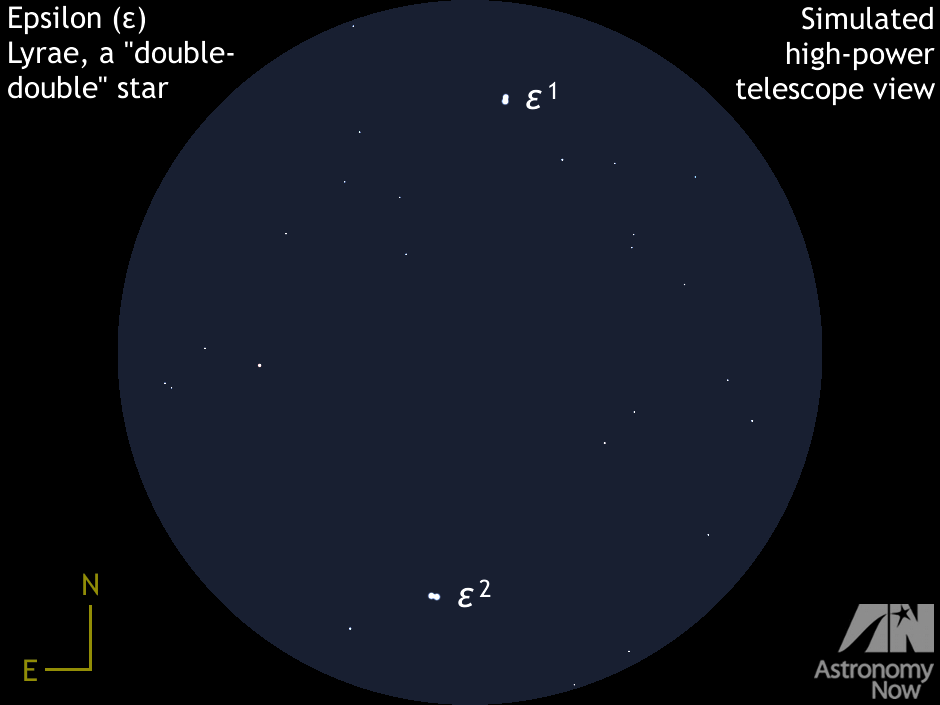
Gamma (γ) Delphini
α=20h 46.7m, δ=+16° 07’ (J2000.0) Magnitudes: 4.3 & 5.1 Separation: 8.9 arcseconds
While technically outside the bounds of the Summer Triangle, one shouldn’t miss this little gem of a stellar pairing in the small constellation of Delphinus, the dolphin. Gamma (γ) Delphini represents the snout of the celestial aquatic mammal, the upper-left vertex of a four-star asterism sometimes known as “Job’s Coffin”. This glorious pair sparkles at 75× magnification where you may discern the contrasting yellow primary and greenish companion — that’s how it looks in my 10-inch (25-cm) Dobsonian. Gamma Delphini lies slightly more than 100 light-years distant.

